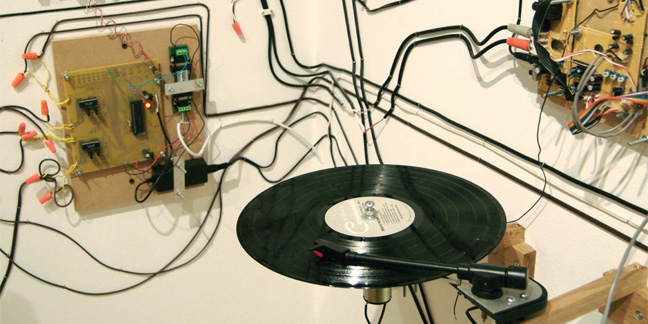Apr 222013
| What does it mean to represent acoustic space acoustically? What can we learn about social space by starting with sound? This presentation uses an analysis of a specific type of artificial reverberation, called convolution, to begin the project of a differential theory of sonic space. A convolution processor uses samples of the reverberation characteristics of a physical space and then combines those with another, “dry” recorded signal to produce the effect of the dry signal in the sampled space. A voice or guitar can be placed in caves, tombs, halls or clothes dryers. After providing some examples of convolution, Jonathan Sterne examines the technology as part of the aesthetic and technical histories of artificial reverberation, as a means of considering indexicality and realism in sonic representation, and as part of the informationalization of physical space-epitomized today in augmented and mixed reality applications.Jonathan Sterne teaches in the Department of Art History and Communication Studies and the History and Philosophy of Science Program at McGill University. He is author of MP3: The Meaning of a Format (Duke 2012), The Audible Past: Cultural Origins of Sound Reproduction (Duke, 2003); and numerous articles on media, technologies and the politics of culture. He is also editor of The Sound Studies Reader (Routledge, 2012). Visit his website at http://sterneworks.org .This event is open to Media Studies and Parsons students and faculty ONLY. |
| Location: Hirshon Dining Suite / 55 West 13th Street, rm 205Admission: Free; no tickets or reservations required; seating is first-come first-served |

Sorry, the comment form is closed at this time.